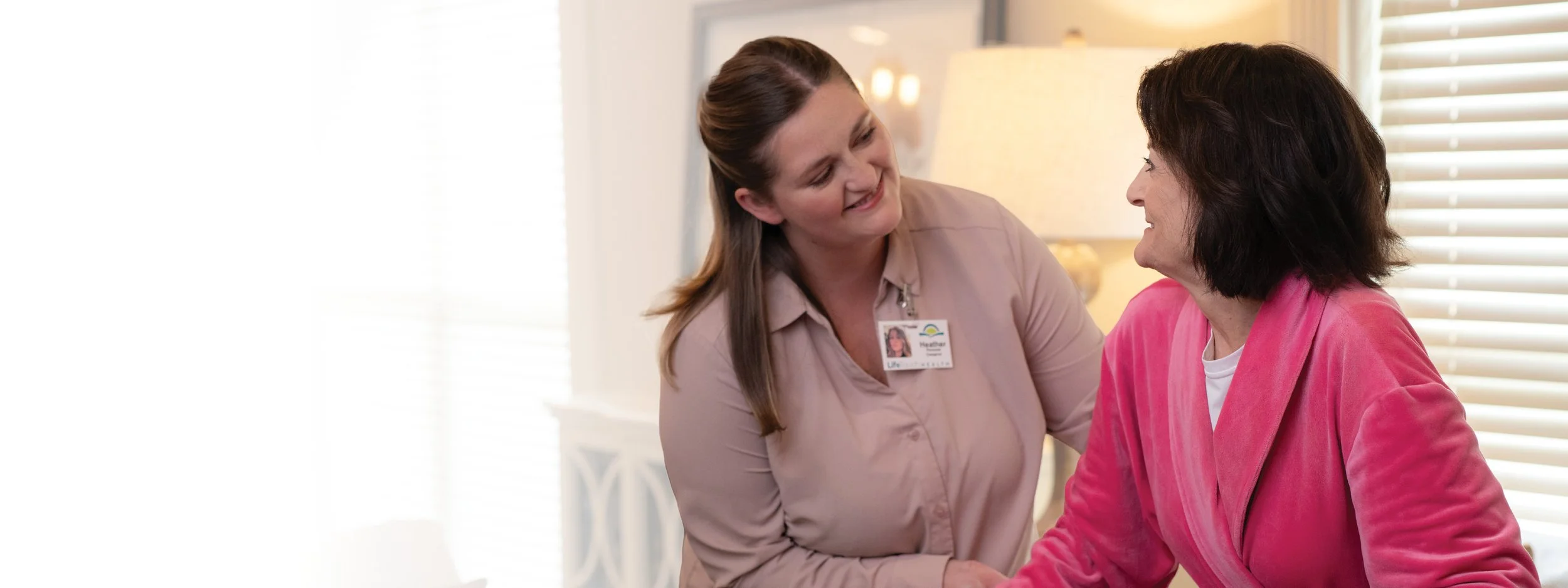Preventing Falls at Home
Providing Care at Home
Falls are a serious health concern for older adults. According to the Centers for Disease Control and Prevention (CDC), one in every three adults ages 65 and older falls each year. More than 20 million seniors fall each year; and on average, every senior falls every three years. Falls, especially in older adults, can have many serious outcomes. Falls often cause injuries like bruises, lacerations, pain, fractures, brain trauma, and even death.
Below are some of the common causes for falls, as well as tips for preventing falls at home.
Risk Factors for Falls
Poor/decreased vision (cataracts, glaucoma, macular degeneration and age related vision loss)
Medical conditions (diabetes, dementia, stroke, Parkinson’s disease, arthritis, heart disease, osteoporosis, lung disease etc.)
Age
Medications (pain medication, sedatives, antidepressants, sleeping pills, blood pressure medication, diuretics etc.)
Preventing Falls at Home
The following strategies can decrease the risk of falling in patients with vision-related deficits:
Make sure rooms are well-lit with light in the blue spectrum (fluorescent).
Use night lights in bedrooms, hallways, bathrooms, and the kitchen to make it easier to navigate in the dark.
Paint step edges, transitions in walking paths, door frames, and light switches a contrasting color from surrounding areas so they can be seen more clearly.
Use matte paint on walls to reduce glare.
Keep eyeglasses within easy reach of the bed.
Obtain frequent vision screenings to ensure that glasses are the proper strength and to detect other vision related problems that may be corrected.
Keep walkways free from clutter
Use non-skid rug
Wear well-fitting non-skid shoes
Clean up spills on the floor promptly to keep floor surface dry
Use non-skid mats or strips in the tub/shower
Do not use towel bars for support
Have grab bars professionally installed in the bathroom & shower
Do not use lotion or oil in the tub/shower
Ensure steps, floor surfaces and hand rails are in good repair and not loose
Use Assistive Devices properly (canes, walkers, bedside commode, raised toilet seats etc…)
Assist patients to transfer by assisting their weak side
Responding to Falls
Although the goal is preventing falls at home, statistics show that a large number of people will fall even if safety education is provided.
Limiting negative outcomes first begins with ensuring the patient can summon assistance if a fall occurs and the patient is unable to get up. Even patients who have around-the-clock assistance may fall when the caregiver is away for a short-time or out of earshot.
There are many options available for these emergency situations, with personal emergency response systems among the most common. Certain emergency response systems are voice-activated or can detect a fall automatically without the person having to sound the alarm. Newer options can even sense when the person’s activity changes from a normal state and summon help.
Minimally, patients should be encouraged to carry a cellular or cordless phone with them at all times. If a two-handed assistive device is used, the phone should be carried in a pocket or attached to a lanyard and carried around the neck. The phone should not be placed in the basket of a walker since it may be out of reach if the patient falls.
When a caregiver or family member finds a patient who has fallen and there is any possibility of injury, the patient should not be moved and 9-1-1 should be called.



